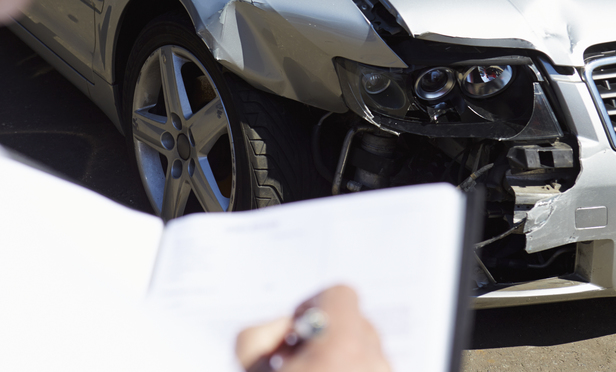In the early morning hours of Nov. 2, 2011, a politician was involved in a one-vehicle accident on Interstate 190 in Sterling, Mass. The politician was not seriously injured from the collision, but the car he was operating sustained significant damage. When queried, he claimed to have been traveling at or under the posted 65 mph speed limit and wearing his seat belt. However, when examined by police, the event data recorder (EDR) from the Ford Crown Victoria he was driving indicated he was traveling in excess of 100 mph in the moments prior to impacting a rock ledge at 92 mph. The recorder also indicated he was not wearing his seat belt. In light of these findings, the driver was ticketed for speeding, lane and seat belt violations. He thereafter released a statement wherein he accepted the data uncovered by police, and took full responsibility for the accident.
EDR as is known today can be directly traced to General Motors’ installation of equipment in a select fleet of its 1994 model year vehicles. This equipment was designed and utilized to record change in vehicle velocity, and was used to analyze crashes that were noteworthy to the National Highway Traffic Safety Administration (NHTSA). Over time, advances in technology have allowed other types of data to be recorded. The underlying rationale for such recording is to advance occupant protection and save lives.



